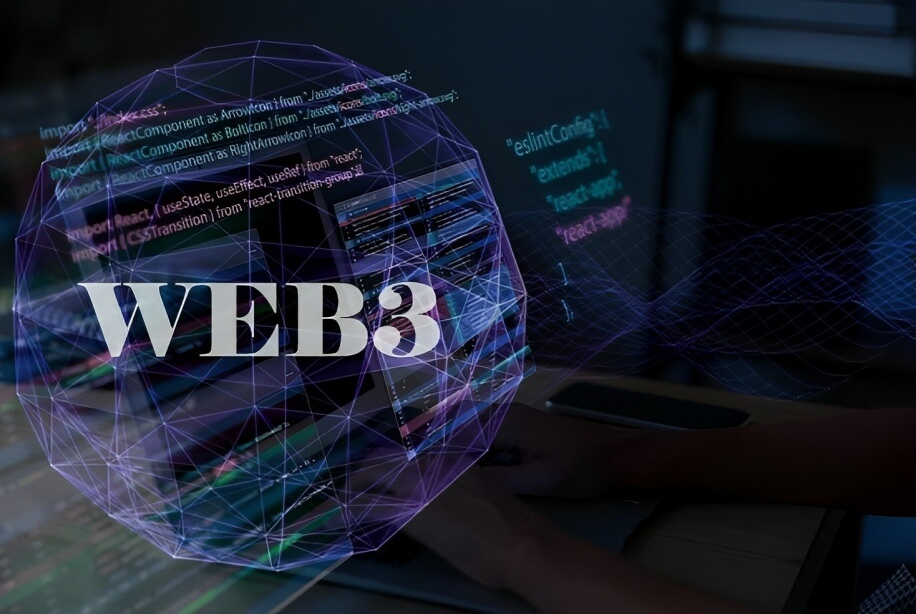In 2019, Belgium experienced a significant increase in internet banking fraud, reporting over 12,000 cases, primarily through phishing emails. Despite the risks, internet banking remains popular in the Benelux region. However, Belgium ranked 123rd globally for money laundering and terrorist financing risk in 2017.
Thus, financial institutions require stringent identity verification to authenticate suspicious individuals. The identities can be determined by two means of authentication: traditional and physical verification and digital and remote verification.
This article will explore the distinctions between these two verification methods and compare them concerning the ultimate benefit provider.
Understanding the Importance of ID Verification in Financial Security
ID verification is crucial in financial security in today’s digital age, where threats are evolving in parallel with technology. Financial institutions benefit from confirming the identities of their customers and reducing the risk of fraud by ensuring compliance with regulatory requirements. The optimal and effective identity verification prevents unauthorized access to financial services.
Financial institutions may implement a secure and reliable verification process to encourage a safer economic environment for all users. Identity verification is vital in protecting individuals and organizations from potential financial losses and reputational damage. It is paramount in maintaining financial security. It occurs in two ways: traditional and digital identity verification.
Enhancing Security with Digital Identity Verification for Finance
Digital identity verification enhances security in financial transactions by leveraging advanced technology to authenticate users remotely. This method streamlines processes and reduces fraud risks with improved user experience. It is reliable and secure for financial institutions to comply with KYC regulations.
Digital identity verification for finance is revolutionizing. It detects potential fraud threats before they occur and creates alarming situations to alert customers about suspicious activities. Features like biometric authentication and AI-powered fraud detection within digital identity verification allow organizations and customers to have more secure financial interactions.
The Role of Authentication of ID Process
The identity verification process is vital for ensuring secure and reliable identity verification. Here are the key steps involved:
- Document Verification: It ensures the authenticity of identification documents.
- Biometric Verification: It uses unique biological traits to confirm identity.
- Multi-Factor Authentication: It enhances security with multiple verification methods.
- Database Cross-Referencing: It validates identity by checking trusted databases.
- Real-Time Monitoring: It continuously monitors for suspicious activity.
- AI and Machine Learning Integration: It detects fraud by analyzing patterns.
- User Consent and Privacy: It ensures user consent and maintains privacy.
- Regulatory Compliance: It adheres to laws and regulations.
- Audit and Reporting: It keeps detailed records for audits.
- Continuous Improvement: It updates methods to counter emerging threats.
Comparing Identity Verification Services: Traditional vs. Digital
As financial institutions strive to enhance security and streamline operations, choosing between traditional and digital identity verification methods becomes increasingly critical. Here’s a detailed comparison to help organizations make informed decisions about their security strategies:
| Aspect | Traditional Identity Verification | Digital Identity Verification |
| Method | Manual document checks and face-to-face interviews | Automated technology-based processes |
| Time Efficiency | Time-consuming | Fast and real-time |
| Accuracy | Prone to human error | High accuracy using advanced algorithms |
| Integration | Limited integration with existing systems | Easy integration with modern systems |
| Scalability | Difficult to scale | Easily scalable |
| Security | Vulnerable to fraud due to manual errors | Enhanced security with biometric and AI technologies |
| Customer Experience | Cumbersome and intrusive | Seamless and user-friendly |
| Cost | Higher due to manual processes | Cost-effective due to automation |
| Compliance | Requires significant effort to meet regulations | Easily adaptable to regulatory changes |
| Data Sources | Limited to physical documents | Utilizes a wide range of data sources |
| Verification Speed | Slow | Immediate |
| Monitoring | Manual and Periodic | Continuous and Automated |
| Fraud Detection | Basic and Reactive | Advanced and Proactive |
Ensuring Trust: Strategies for Effective Online Global ID Verification
A compelling validation of identity is essential for building trust in financial transactions. Here are key strategies to achieve it:
- Multiple Verification Methods: It uses diverse methods to verify identities by ensuring comprehensive validation.
- Continuous Monitoring: It regularly monitors suspicious activities to detect and address potential fraud quickly.
- Up-to-date Security Protocols: It sustains current security measures to protect against evolving threats.
Summarizing and Future Trends in Identity Verification
As technology continues to evolve, the future of identity verification is designated for significant advancements. The advanced and Emerging trends include the increased use of biometrics, the integration of blockchain for secure data storage, and the development of decentralized identity solutions. These innovations enhance identity verification processes’ accuracy, security, and efficiency. By staying updated on these trends and adopting cutting-edge technologies, organizations can ensure that their identity verification strategies remain effective and resilient in the face of evolving threats.



